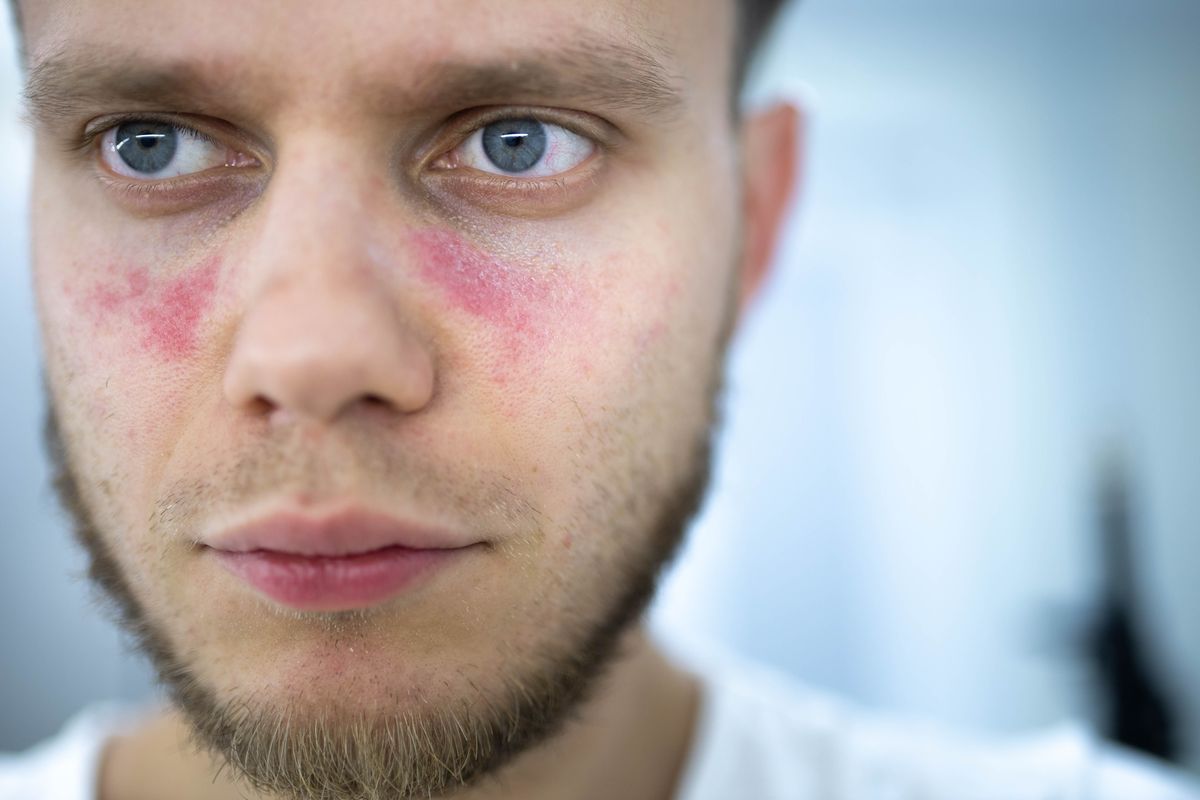Health
Butterfly rash, causes and treatment: maximum attention to sunlight

What is butterfly rash? Inflammation of the skin on the face, mainly affecting the cheeks and sometimes the bridge of the nose.
In most cases, butterfly rash is caused by lupus , an autoimmune disease that can be very dangerous. The problem, however, can also be triggered by other pathologies: let's see what they are, what is the recommended treatment after diagnosis and what never to do.
Butterfly rash: symptoms and causes
As the name suggests, butterfly rash is a skin rash that appears to be shaped like the insect in question. The problem, in fact, manifests itself on both cheeks, as if it were a butterfly with open wings. Sometimes, the redness also affects the nose bridge and can worsen until it turns into infectious erythema.
In most cases, butterfly rash has lupus as the trigger. It is an autoimmune disease that can be very dangerous. Therefore, in the presence of redness affecting the cheeks and nose, it is good to seek the advice of a specialist immediately. The latter will check if the redness is accompanied by other typical lupus symptoms, such as extreme tiredness, fever, chest pains and hair loss.
In addition to lupus, this problem can be generated by other pathologies , such as: seborrheic dermatitis , rosacea, dermatomyositis, erysipelas, tuberous sclerosis and Bloom or Cockayne syndrome. Those suffering from butterfly erythema on the face must pay close attention to the sun because the skin is particularly sensitive to light. Not surprisingly, skin rashes worsen after exposure to UV rays.
View this post on Instagram
Treatment and care
Treatment of butterfly rash depends on the underlying cause. The doctor, after having established it, will decide on the most suitable treatment for the patient. Warning, DIY is strongly discouraged because it could make the situation worse. Therefore, use a product, even just a cream, only if it is recommended by a specialist.
Riproduzione riservata © - WT











